SUMMARY
This is AI generated summarization, which may have errors. For context, always refer to the full article.
TACLOBAN, Philippines — Her makeshift home stands in one of Tacloban’s no-build zones.
“Gusto ko man umalis, paano, saan, kailan (Even if I want to leave, how, where, when)?”
Only the 4 concrete pillars of her house remain, the rest of it washed away after super typhoon Yolanda ravaged Barangay San Jose in Tacloban.
She has tarpaulins for walls, given by neighbors. Her floor is missing several planks, with holes big enough to fit a baby or two. Her younger brother from Cebu flew to Tacloban, right after Yolanda, to help her rebuild her home.
“Buti may kapatid ako. Kung wala, sino pa tutulong sa akin (It’s a good thing that I have a brother. If I didn’t, who else will help me)?”
On some nights, the water reaches her knees or higher. “Nagtatagpo tubig mula ilog at dagat (Water from the river meet with the sea),” she said. The houses in her area are sandwiched by waters. High tide makes life difficult for them.
“‘Di makapagtanim ng gulay dahil malulunod lang (Can’t plant vegetables, they’ll just drown).” So families plant in small pots or in recycled soda bottles dangling over windows.
Vicky Villera is only 54, but feels as though she has lived 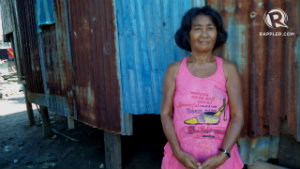
Since then, Vicky has raised their 4 children alone. Years later, she would be abandoned yet again.This time, by her own children, leaving behind two grandkids to her care.
The grandmother makes a living out of washing other people’s dirty clothes, only stopping this year because her spine gave up on her.
“Ngayon nagtitinda ako soft drinks. Kaso ‘pag walang pasok, wala rin kita (Now I sell soft drinks. But when there are no classes, there’s also no income).” She earns around P300/week — the same amount she used to earn per day when she was still a laundress.
She used to sell fish, but claimed that she lost more than she earned since her goods spoiled before they even got sold.
She managed to put up her small business after Yolanda through financial assistance from a non-governmental organization (NGO). She also helps her friend sell bananacues for 60/day.
“‘Di ko alam, ‘di ko alam (I don’t know, I don’t know),” the grandmother says as she tries to picture what awaits her and her grandchildren.
No-build, yes
Vicky shares two communal bathrooms with 89 other households, and pays P2 per water jug. “Kung walang dos, walang tubig (If you don’t have P2, you have no water).”
At noon, rows of houses fill with smoke as families begin burning wood or charcoal to cook rice. And at night, mosquitoes and rats gad about, Vicky says.
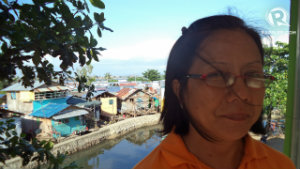
Resthia adds that residents received relief goods until June from the Department of Social Welfare and Development. “But these canned goods, it’s not nutritious. What will happen to children?” She advised families to plant potted vegetables instead.
It took over 3 weeks for the supplies to arrive because of transportation problems. She adds that the roads were only cleared a month after Yolanda through the help of NGOs which provided trucks and paid residents for cleaning operations.
“Many people still live in no-build zones, yes. They have nowhere else to go. They can’t relocate to mountains to farm, they’re fishers,” she explains. “They’re also willing to relocate as long as it’s safe. Mothers will relocate, while husbands stay to fish.”
Barangay officials observe that the community’s main problems include cases of fever and rashes, as well as psychosocial needs. “Many were traumatized, including me,” says Resthia. She says that NGOs were the first to respond to such issues.
“What did the LGU do? I don’t really remember,” she quips. “It’s because the LGU was a victim too, their trucks were also destroyed. They weren’t visible that time because everyone was paralyzed, even them.”
Moving on
“We’re moving on slowly. Some small businesses are back, some houses are repaired. Not all food are canned,” Resthia says.
In Anibong – where the symbolic ship “MV Eva Joceyln” is located – residents living in no-build zones share the same sentiments.
“Oo, bawal sumuko. Pero sana lang makalipat kami 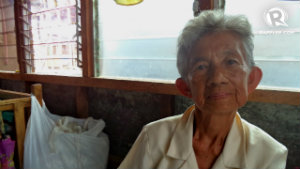
He earns P200/day, just enough to buy food. “Mahina kita kasi namatay na mga suki ko (Income is low because my best customers already died),” he said.
His young nephew adds, “Patay na. Yolanda! (Already dead. Yolanda!)”
Dexter also sidelines as a carpenter, like many other men in his area.
Construction workers hired by the owners of the grounded ship say that they expect to finish dismantling the vessel by January 2015.
Around 13 men are “chopping the ship,” each paid around P2,000/week, according to one worker. Some of them are locals, while others are from Cebu, where the ship came from.
Meanwhile, fishers from Magallanes say they will only relocate if the market will also be transferred.
“The LGU hasn’t consulted us regarding no-build zones. We told them it’s not good to transfer fishers to northern barrios too far from the sea,” says barangay captain Noel Martinez. “We suggested they build stronger structures instead.”
“But our suggestion fell on deaf ears,” Martinez adds. “Ironic that the government is rebuilding the fish market in the same place, yet they classified it as a no-build zone for fisher residents.”
He also claims that the 34 casualties in his area did not happen in coastal areas, but in evacuation centers.
The fishers, however, remain optimistic. They say they are moving on. “Fifty percent na kami sa livelihood recovery. Problema talaga residency (Livelihood recovery is already at 50%. The real problem is residency),” says Josephine, a fisherwoman.
Barangay captains like Resthia and Martinez are standing by their constituents, pledging not to drop their demands until the government delivers. “The government is working, but very slowly. They say they lack funds. I won’t stop hoping that these families get to live in safer places,” Resthia says.
Until then, Vicky and many others just like her will continue saying yes to no-build zones. “Walang ibang choice ngayon e (There’s no other choice for now),” she says.
Social Welfare Secretary Corazon Juliano-Soliman, however, said in a press statement on Friday, November 7, that “all efforts are being exerted so that by December 30, none of the remaining survivors in all Yolanda-affected areas would be staying in tents and makeshifts. “ – Rappler.com
For Rappler’s full coverage of the 1st anniversary of Super Typhoon Yolanda (Haiyan), go to this page.
Add a comment
How does this make you feel?

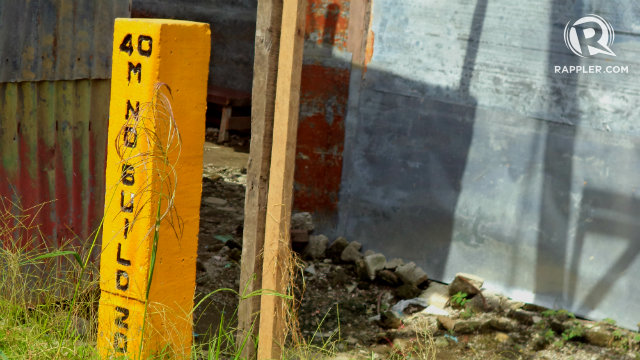
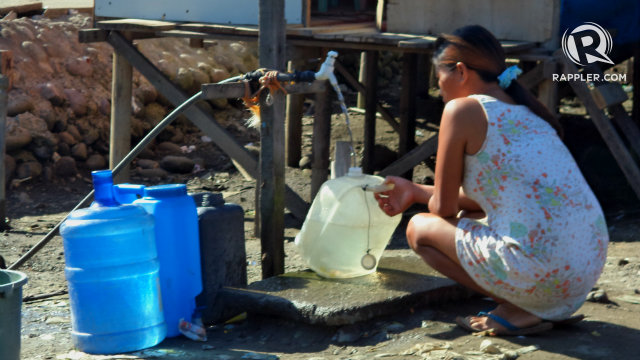
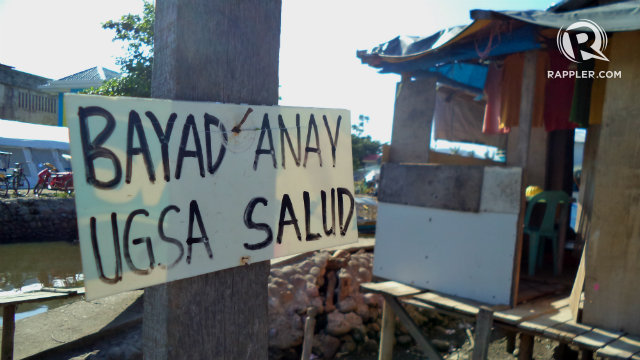
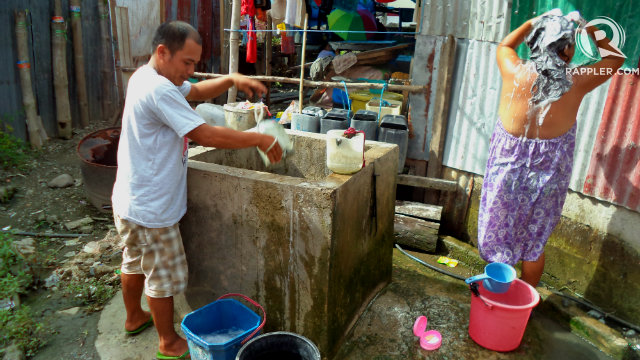
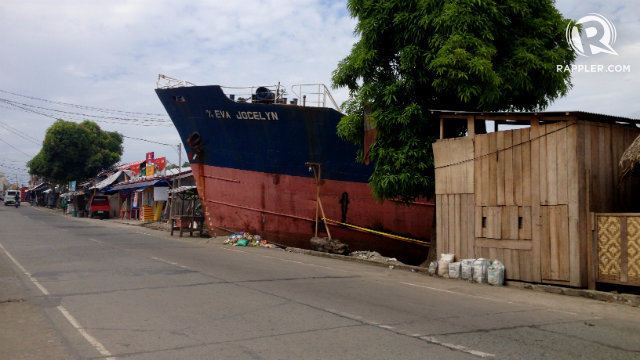
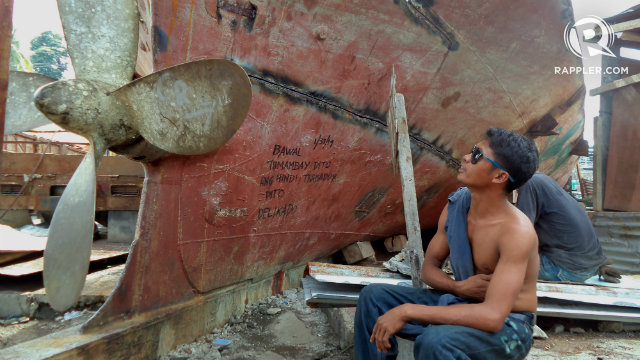
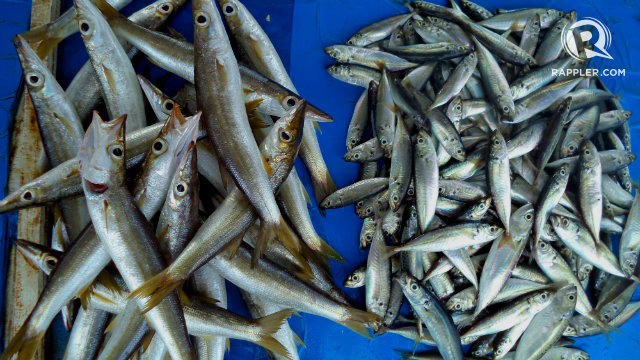
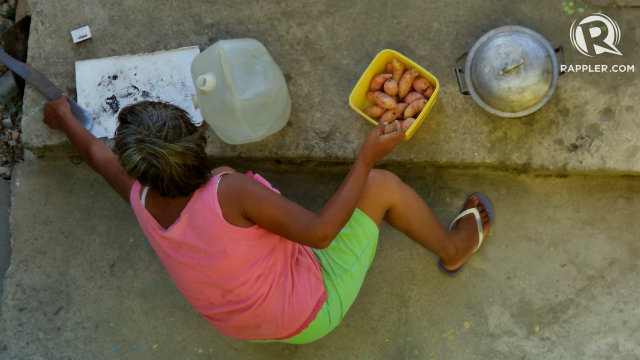
There are no comments yet. Add your comment to start the conversation.